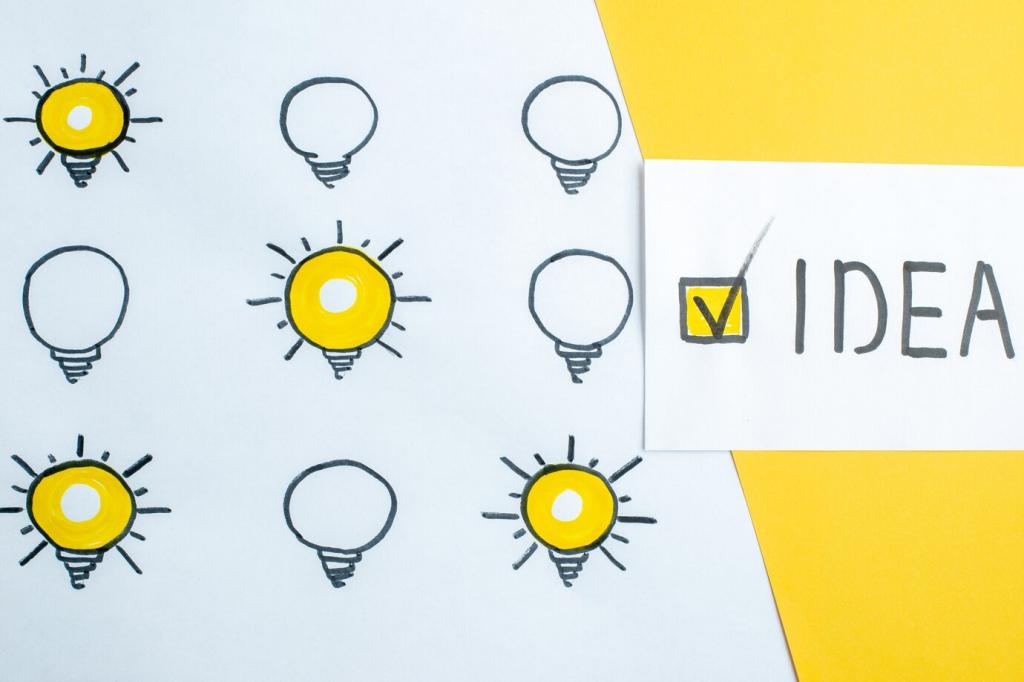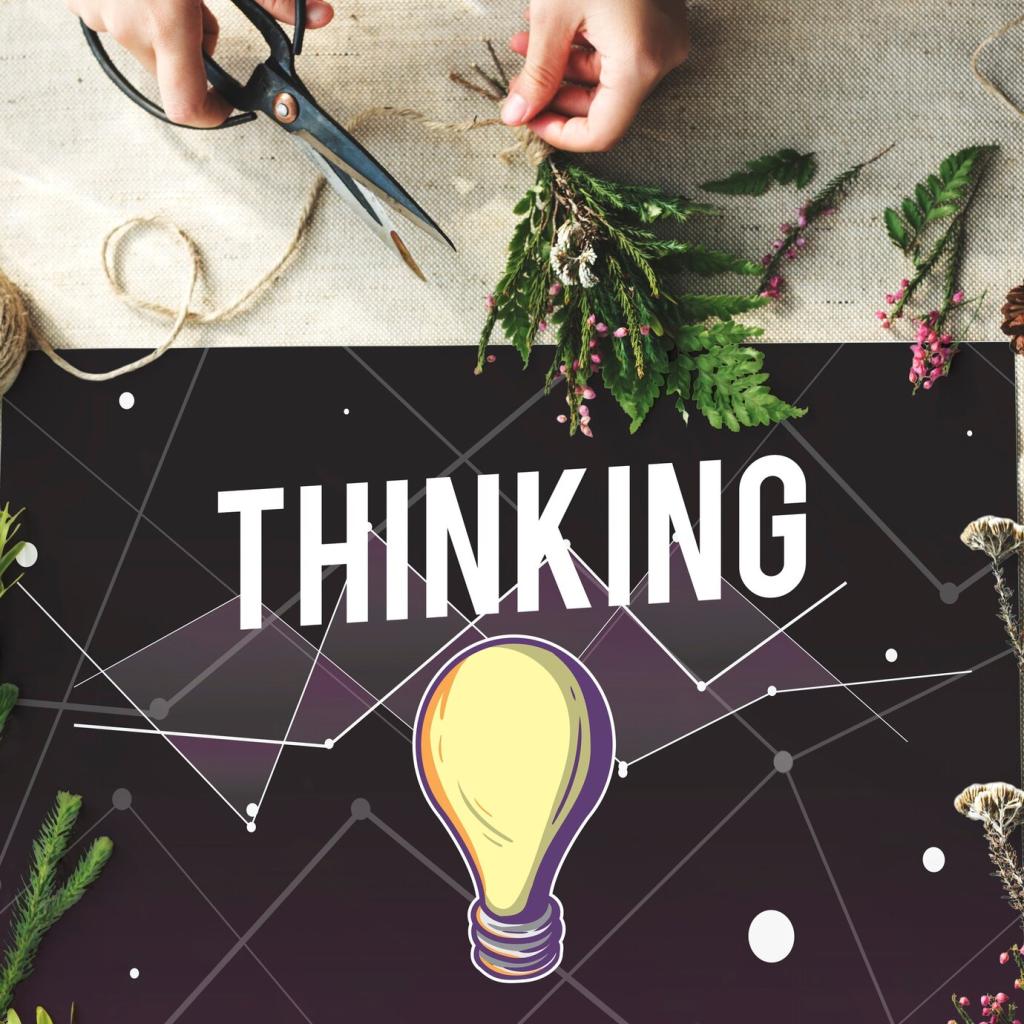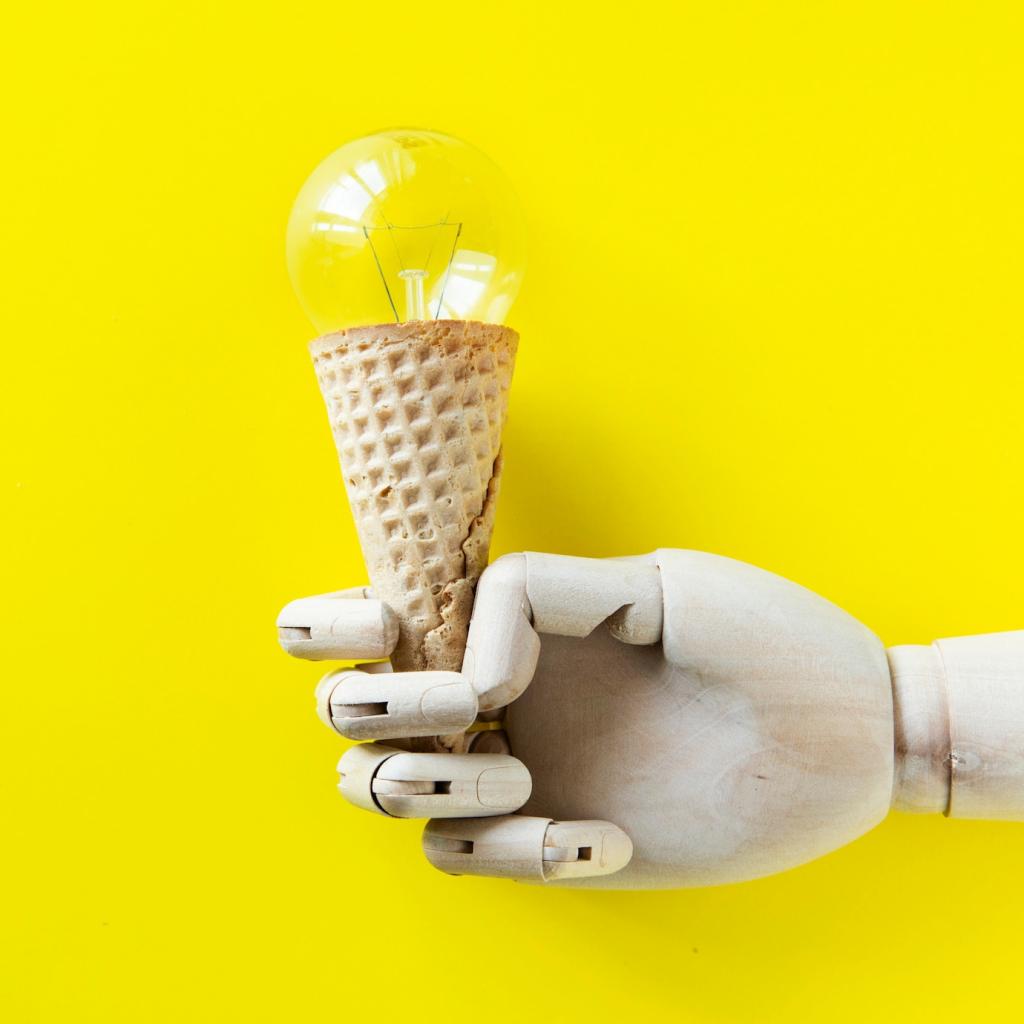Ignite Ideas Together: Innovative Group Brainstorming Methods
Today’s chosen theme: Innovative Group Brainstorming Methods. Explore modern, human-centered ways to unlock equitable participation, surface bold ideas, and turn group creativity into tangible experiments. Join the conversation, share what works for your team, and subscribe for weekly ideation prompts and facilitation tips.

Why Innovative Group Brainstorming Methods Beat the Old Playbook
Innovative group brainstorming methods flip the default by starting with quiet ideation, allowing every participant to think clearly before discussion begins. This shift reduces anchoring, widens the solution space, and respects different cognitive styles. How does your team protect quiet thinking time during high-pressure sessions?
Silent-first Methods: Brainwriting, 6-3-5, and Digital Storms
Everyone writes several ideas simultaneously, then passes them along for builds and variations. Because contributions happen in parallel, throughput increases and social pressure decreases. Try setting a calm soundtrack and strict timeboxes. Tell us how many ideas your team generated in ten minutes using this simple approach.
Silent-first Methods: Brainwriting, 6-3-5, and Digital Storms
Six people, three ideas each, five rounds. The paper or digital sheet accumulates combinations that a single mind would rarely invent. Use brief prompts and examples to warm up participants, and resist early evaluation. If you adapt it for larger groups, share your setup so others can replicate.



Substitute, Combine, Adapt, Modify, Put to another use, Eliminate, Reverse. Move line by line, capturing at least three options per prompt. The structure nudges teams beyond obvious variations. Post your favorite SCAMPER question in the comments, and we will showcase community examples in upcoming issues.

Fold a sheet into eight panels, then sketch one concept per minute. The pace encourages imperfect, surprising ideas that discussion alone rarely surfaces. Remote teams can sketch on tablets or sticky notes and photograph results. Try it today and report back the wildest panel that sparked a real direction.

Ask how to cause the problem instead of solving it, then invert the answers to reveal countermeasures. Pair with provocative constraints like only five words per idea or zero budget. The tension breeds originality. Share one reverse prompt your team loved, and tag a colleague who would enjoy trying it.
Rapid Convergence: Dot Voting, Heat Mapping, and Lightning Decision Jam
Dot voting that feels fair
Give each participant a fixed number of votes, clarify criteria, and vote silently on clusters rather than single stickies. The visual tally accelerates alignment while preserving minority signals. Capture rationale before moving on. How do you balance speed with depth when narrowing options in high-stakes sessions?
Heat mapping to spot promising clusters
Instead of choosing individual ideas, place small marks across many items to reveal patterns of interest. The resulting heat map guides which areas deserve refinement. Follow with a short discussion focused on meaning, not persuasion. Subscribe for a simple worksheet that turns heat into action steps.
Lightning Decision Jam condensed
List problems, vote, reframe into actionable challenges, ideate solutions, vote again, and craft first experiments with owners and timelines. The cadence prevents rabbit holes and ends with commitments. Try it in ninety minutes and share the experiment you launched by Friday to inspire other readers.
Inclusive and Hybrid: Making Every Brain Count
Ensure everyone uses the same digital canvas, even if some are physically together. Appoint a facilitator to watch the chat and a scribe to capture builds. Small rituals, like hand-raise queues, prevent dominance. Comment with your favorite parity practice to help other hybrid teams thrive.

From Ideas to Experiments: Prioritize, Test, and Learn
Use an impact versus effort grid or confidence-weighted scoring to choose smart starting points. Avoid endless debate by agreeing on a maximum of three experiments per cycle. Share your rubric in the comments, and compare notes with peers experimenting under tight constraints and shifting priorities.
From Ideas to Experiments: Prioritize, Test, and Learn
Frame ideas as hypotheses with measurable signals and clear success criteria. Define what you expect to see and how you will know quickly. This mindset keeps brainstorming grounded. Subscribe to receive a hypothesis cheatsheet you can drop into your next workshop agenda and project documentation.

